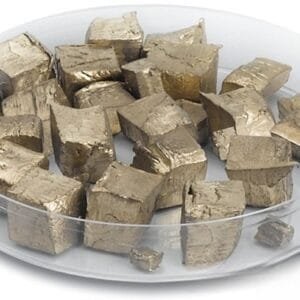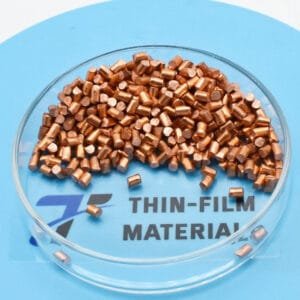TFM: High-Purity Titanium Nitride Evaporation Materials
TFM offers premium Titanium Nitride evaporation materials, known for their exceptional purity and performance. With the chemical formula TiN, our nitride ceramic materials are crucial in achieving high-quality film deposition. TFM’s dedication to producing TiN with up to 99.9995% purity ensures reliable results in your processes.
Related Products
- Titanium Evaporation Materials
- Nitride Ceramic Evaporation Materials
Titanium Nitride Evaporation Materials Specification
| Material Type | Titanium Nitride |
| Symbol | TiN |
| Appearance/Color | Coating of golden color |
| Melting Point | 2,947 °C (5,337 °F; 3,220 K) |
| Density | 5.21 g/cm3 |
| Purity | 99.5% |
| Shape | Powder/ Granule/ Custom-made |
Applications of Titanium Nitride Evaporation Materials
Our Titanium Nitride materials are utilized in:
- Deposition Processes: Essential for semiconductor deposition, Chemical Vapor Deposition (CVD), and Physical Vapor Deposition (PVD).
- Optics: Suitable for wear-resistant coatings, decorative applications, and display technologies.
Packaging and Handling
TFM ensures that Titanium Nitride evaporation materials are meticulously tagged and labeled for easy identification and quality control. We take special care in packaging to prevent any damage during storage and transportation.
Contact Us
As a leading supplier, TFM provides high-purity Titanium Nitride evaporation materials in various forms, including tablets, granules, rods, and wires. We also offer custom solutions tailored to your specific requirements. In addition to evaporation materials, TFM supplies evaporation sources, boats, filaments, crucibles, heaters, and e-beam crucible liners. For current pricing and to inquire about other materials not listed, please reach out to us.


 MSDS File
MSDS File



Reviews
There are no reviews yet.